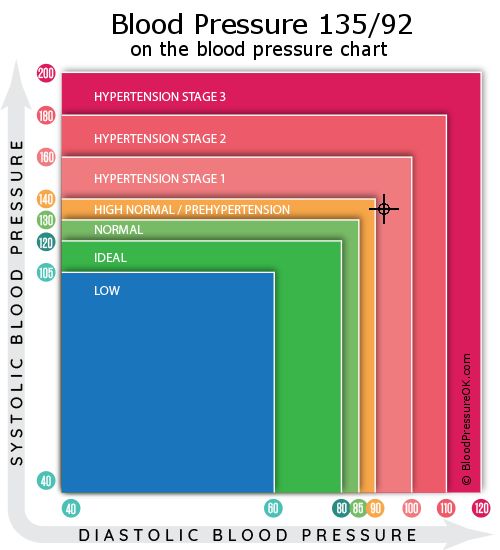

When initially conceived, there were relatively few antiarrhythmic drugs and our understanding of their mechanisms was rudimentary at best.

The Vaughan-Williams classification has severe limitations. Pronounced reduction in phase 0 slope no effect on APD or ERP.īlock sympathetic activity reduce rate and conduction.ĭelay repolarization (phase 3) and thereby increase action potential duration and effective refractory period.īlock L-type calcium-channels most effective at SA and AV nodes reduce rate and conduction.Ībbreviations: APD, action potential duration ERP, effective refractory period SA, sinoatrial node AV, atrioventricular node. Small reduction in phase 0 slope reduce APD decrease ERP. Moderate reduction in phase 0 slope increase APD increase ERP. Reduce phase 0 slope and peak of action potential. Clicking on the "Class" or "Basic Mechanism" will take you to a page describing the drugs that comprise that class. Note that Class I drugs are further broken down into subclasses because of subtle, yet important differences in their effects on action potentials. The following table shows the Vaughan-Williams classification and the basic mechanism of action associated with each class. Although different classification schemes have been proposed, the first scheme (Vaughan-Williams) is still the one that most physicians use when speaking of antiarrhythmic drugs. Therefore, attempts have been made to classify the different antiarrhythmic drugs so by mechanism.

Furthermore, some classes and even some specific drugs within a class are effective with only certain types of arrhythmias. Antiarrhythmic drugs comprise many different drug classes and have several different mechanisms of action.


 0 kommentar(er)
0 kommentar(er)
